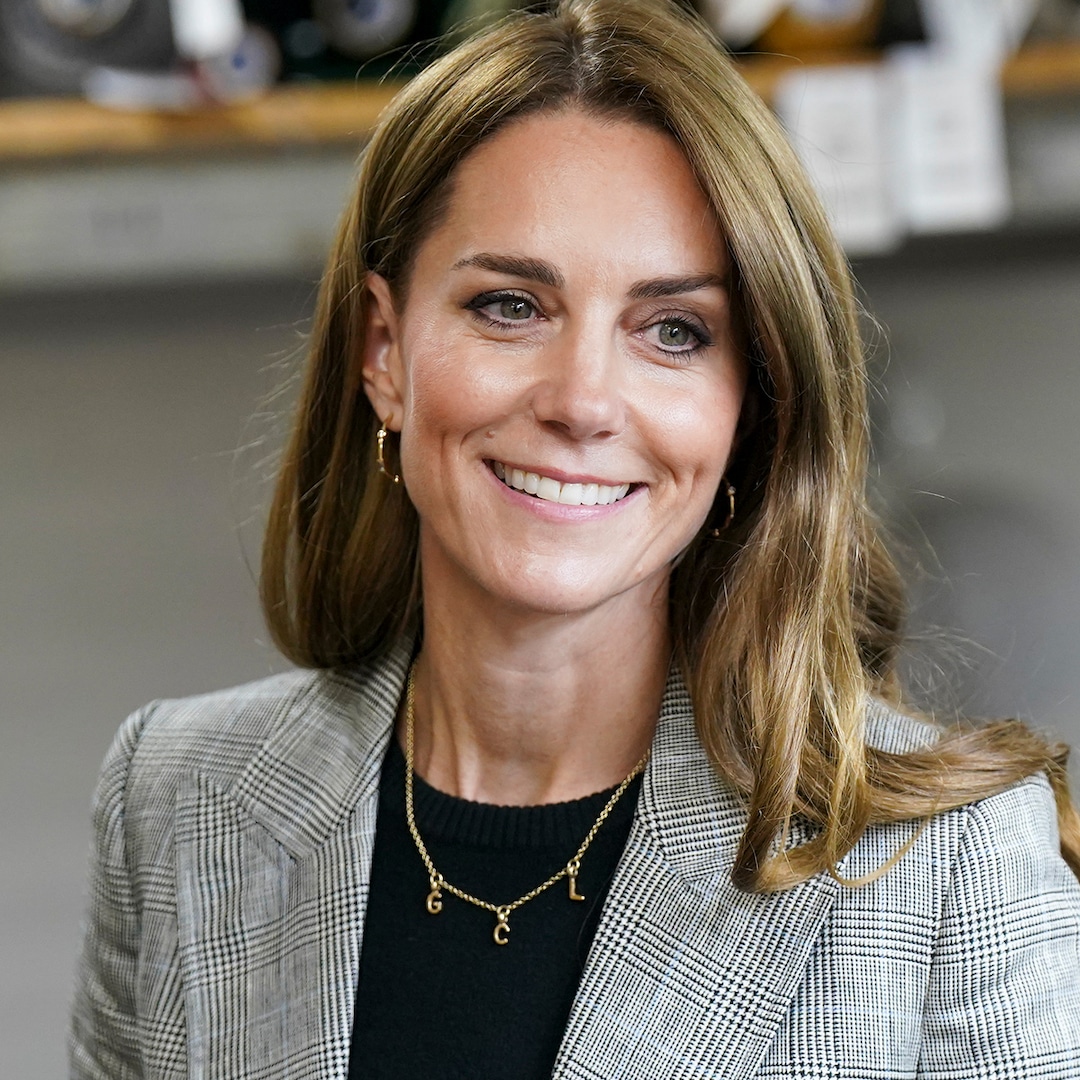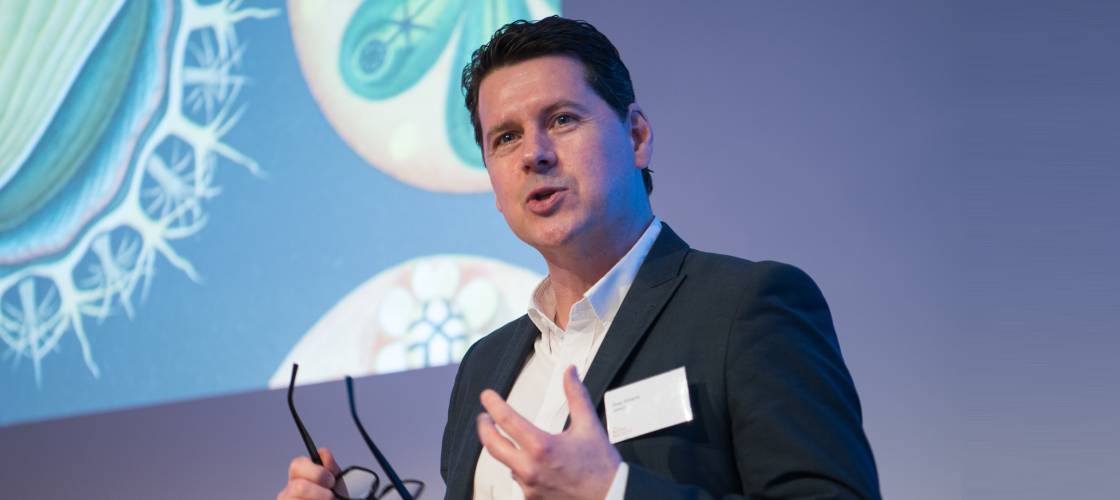Pluribus happiness virus, explained: Where did it come from?


If the first two episodes of Pluribus left you feeling like Carol Sturka (Rhea Seehorn) — namely, screaming, "What the fuck is happening?" into the void — then you've come to the right place.
The new sci-fi series from Breaking Bad and Better Call Saul creator Vince Gilligan delivers a jaw-dropping premiere, one that sees (almost) the entire world infected by a virus that leaves the population peaceful and content. But where did the virus come from, and what happens now that it's on Earth? Let's break it down.
Where did the virus in Pluribus come from?
Space! Well, kind of. At the start of Pluribus, astronomers pick up a signal coming from 600 light-years away. Who's transmitting it? Why are they transmitting it? And how long have they been sending out the signal? No one knows!
However, these unknown signalers aren't sending a message in an alien language. Instead, they're sending a molecular message. Each of the four tones of the signal corresponds to a nucleotide: guanine, uracil, adenine, and cytosine, which are the key building blocks of RNA.
Scientists at the United States Army Medical Research Institute of Infectious Diseases manage to recreate the nucleotide sequence. They determine that it is a lysogenic virus, which means that the virus' genetic material gets incorporated into that of the host. And while months of animal testing didn't yield major results, as soon as the virus gets transferred to a human via rat bite, all hell breaks loose. The infected humans start spreading the virus through kissing, donut licking, and more, resulting in the most cheerful pandemic the world has ever seen. Now if it were up to me, I would simply never recreate an alien virus for fear of this exact scenario, but that's why I'm not a scientist!
Wait, so are the infected "we" in Pluribus aliens?

No, they aren't. While Carol initially thinks she's living through an alien invasion — a mistake I think we'd all make in her shoes — the infected quickly set her straight. Speaking through United States Department of Agriculture Undersecretary Davis Taffler (Peter Bergman), the infected tell Carol that there are no aliens on Earth. Instead, they, or the new "we" of the world, are just "beneficiaries of extraterrestrial technology."
Still, the question of alien involvement looms large over these not-aliens. Who originally developed that RNA sequence, and why did they send it to Earth? Did they send it to other planets, too? Is this how they reproduce?
What does the virus in Pluribus do?
As Davis explains to Carol, the nucleotide sequence is like a virus, but it isn't exactly a virus. Instead, it's "kind of a psychic glue capable of binding us all together."
That means all of humanity, excluding Carol and the other 11 unaffected members of the world, is now one big hive mind. Members can't read the minds of Carol and her compatriots, but they can access the thoughts and feelings of every single person within the collective. They can even do so for people who were briefly a part of the hive mind before passing away, like Carol's late partner Helen (Miriam Shor).
Why did the virus kill people?
Helen was one of 886 million who died during the Joining of the hive mind. As Carol's chaperone Zosha (Karolina Wydra) says in episode 2, the infected were originally passing the virus along stealthily. No one died during this more controlled process. However, once the military discovered them, they accelerated their spread, resulting in calamity for hundreds of millions. The deaths were not intentional, as Zosha reveals in episode 2 that the infected cannot kill, not even when it comes to food.
Why do Carol's emotions impact the infected?

The first Joining wasn't the only example of mass death within the hive mind. When Carol gets angry at Zosha in episode 2, Zosha begins to shake uncontrollably, just as everyone did when they were first infected by the virus. As Carol goes to get help for Zosha, she realizes that everyone else in Albuquerque is shaking, too. In fact, everyone in the world is undergoing a similar seizure, and 11 million of the infected wound up dying as a result. So what's happening?
Zosha reveals that everyone is impacted by Carol's emotions, especially the negative ones. "If they're directed right at us, they can be a little tough to take," she says. That sets in motion one of the core dilemmas of Pluribus. Carol is rightfully miserable and furious about what has happened to the world, yet if she expresses that too much, she risks wiping out more of humanity. It seems like she has as much power over the infected as they have over her, creating a fascinating stalemate.
Why is Carol immune from the virus?
Nobody knows, but the infected are working on researching why she and the other 11 remaining humans weren't impacted by the Joining. As Zosha says, them spreading is a "biological imperative." They need to spread to the others, just as much as we need to breathe. Once they do figure out a solution, you can bet they'll bring Carol into the fold of the hive mind.
However, that might conflict with their prior claims that Carol's life is her own and that she has agency. Does she really have agency if they're just going to force her to join them?
Can the virus be cured?

Carol certainly wants to know! However, it doesn't seem like there's a clear path forward for reversing the Joining — especially since none of the other survivors Carol met seem interested in collaborating with her. Still, given the twists and turns of these first two episodes alone, you can bet that Gilligan has more revelations up his sleeve for the remainder of the season.
Pluribus is now streaming on Apple TV, with a new episode every Friday.
















































